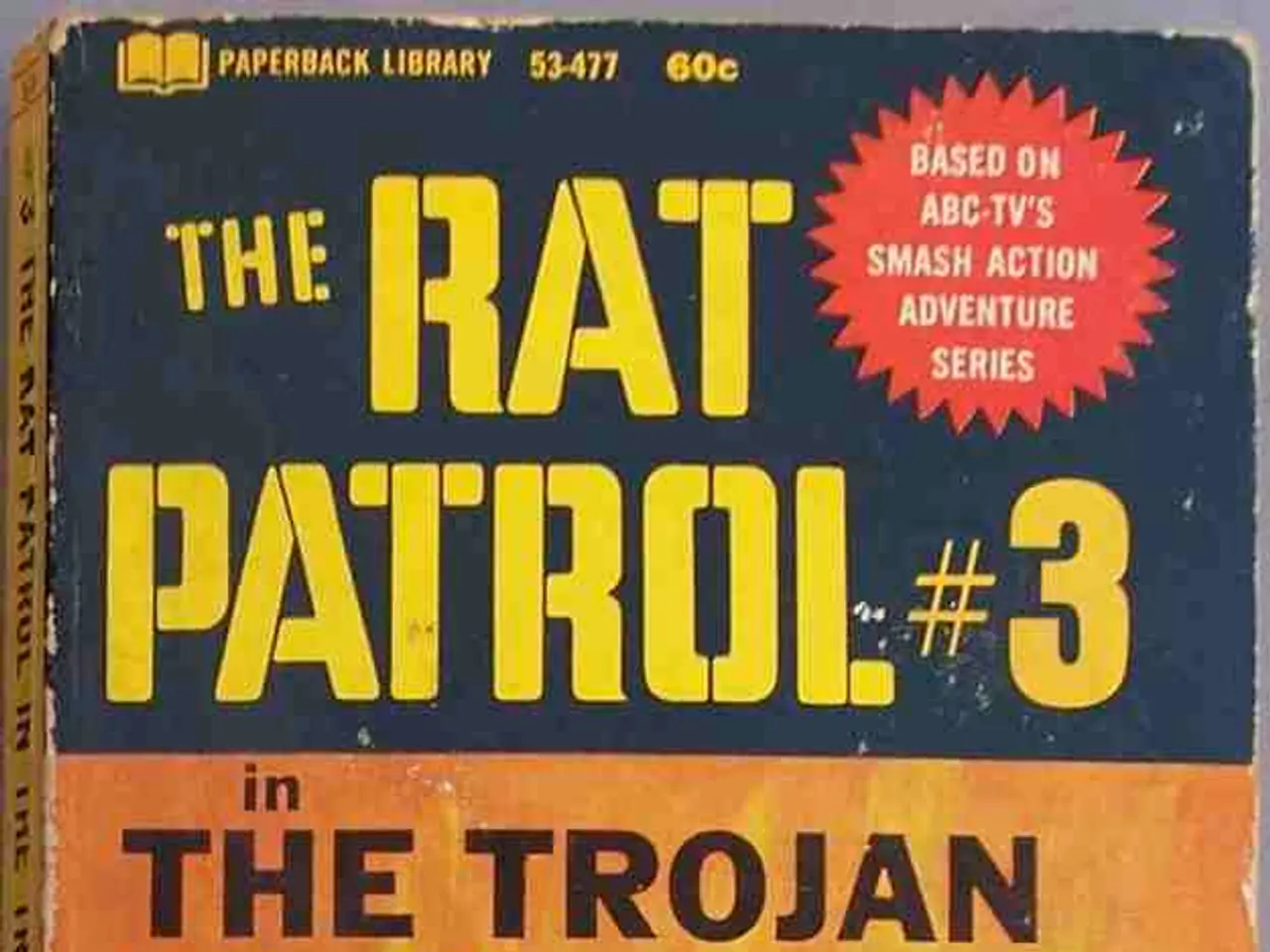Countdown to Surrender Begins: 23 Days Remaining
The Yalta Conference in February 1945 marked a turning point in World War II, as the leaders of the United States, the United Kingdom, and the Soviet Union agreed on the Soviet Union's participation in the war against Japan. This strategic move was intended to open a new front and hasten Japan's defeat.
In exchange for Soviet entry, the Allies agreed to return territories lost in the 1904–05 Russo-Japanese War, including southern Sakhalin and the Kuril Islands. The Soviets adhered to their commitment, declaring war on Japan exactly 90 days after Germany's surrender on May 8, 1945.
The Soviet offensive began with the invasion of Manchuria on August 9, 1945. This coincided closely with the U.S. atomic bombings of Hiroshima and Nagasaki that same month. Over 400,000 Red Army soldiers, 7,000 guns, 2,000 tanks and self-propelled artillery units were transferred to the Soviet Far East between May and early August.
The Far Eastern Theater of Military Actions had immense expanses and underdeveloped road networks. Despite these challenges, the forces of all three Soviet fronts entered Japanese-occupied territories as part of the Manchurian strategic operation on the night of August 9.
Soviet troops encircled the enemy within an area of 1.5 million square kilometers in Manchuria. Japanese forces in Manchuria almost universally surrendered from August 19. By August 20, Soviet forces had advanced 400-800 km to the west and 200-300 km to the east and north into Manchuria. In just 23 days of combat, all of Manchuria, the Liaodong Peninsula, and the northern part of the Korean Peninsula (up to the 38th parallel) were freed from Japanese occupation.
The Soviet Union's commitment to enter the war with Japan after the defeat of Nazi Germany was a significant factor in Japan's eventual surrender. The defeat of the Japanese army ensured the security of the Soviet Far East and created conditions for the successful conclusion of the Chinese people's national liberation war, which ended on October 1, 1949, with the proclamation of the People's Republic of China.
However, the Korean Peninsula, liberated from Japanese occupation, was divided, leading to the Korean War (1950-1953) and decades of Cold War relations between North and South. The atomic bombings of Hiroshima and Nagasaki by the US Air Force on August 6 and 9, respectively, claimed the lives of 246,000 people by the end of the year.
The signing of the Japanese Instrument of Surrender on September 2, 1945, aboard the USS Missouri in Tokyo Bay marked the end of World War II. The Joint Declaration of the USSR and Japan on the Termination of the State of War was signed on October 19, 1956, but a peace treaty between the two countries was never signed.
The Soviet Union's actions against Japan resulted in the return of territories annexed during the Russo-Japanese War of 1904-1905, and the establishment of Soviet sovereignty over the Southern Kurils. The Armed Forces of the USSR in the war with Japan lost 12,031 killed and missing, and 24,425 wounded. A total of 308,000 Soviet soldiers were awarded orders and medals for their valor in the war against militaristic Japan.
References:
- The Yalta Conference and the Cold War
- Yalta Conference
- Manchurian Strategic Offensive Operation
- World War II
- Hiroshima and Nagasaki
- Soviet Union
- Kuril Islands
- Sakhalin
- Korean War
- Potsdam Declaration
- Treaty of San Francisco
- The Yalta Conference agreement, which focused on policy-and-legislation and politics, included the Soviet Union's participation in the war against Japan as part of the Potsdam Declaration.
- The signed Joint Declaration of the USSR and Japan on the Termination of the State of War, a general-news event, officially ended the war between the two nations, resulting in the return of territories, such as Sakhalin and the Kuril Islands, to the Soviet Union.







